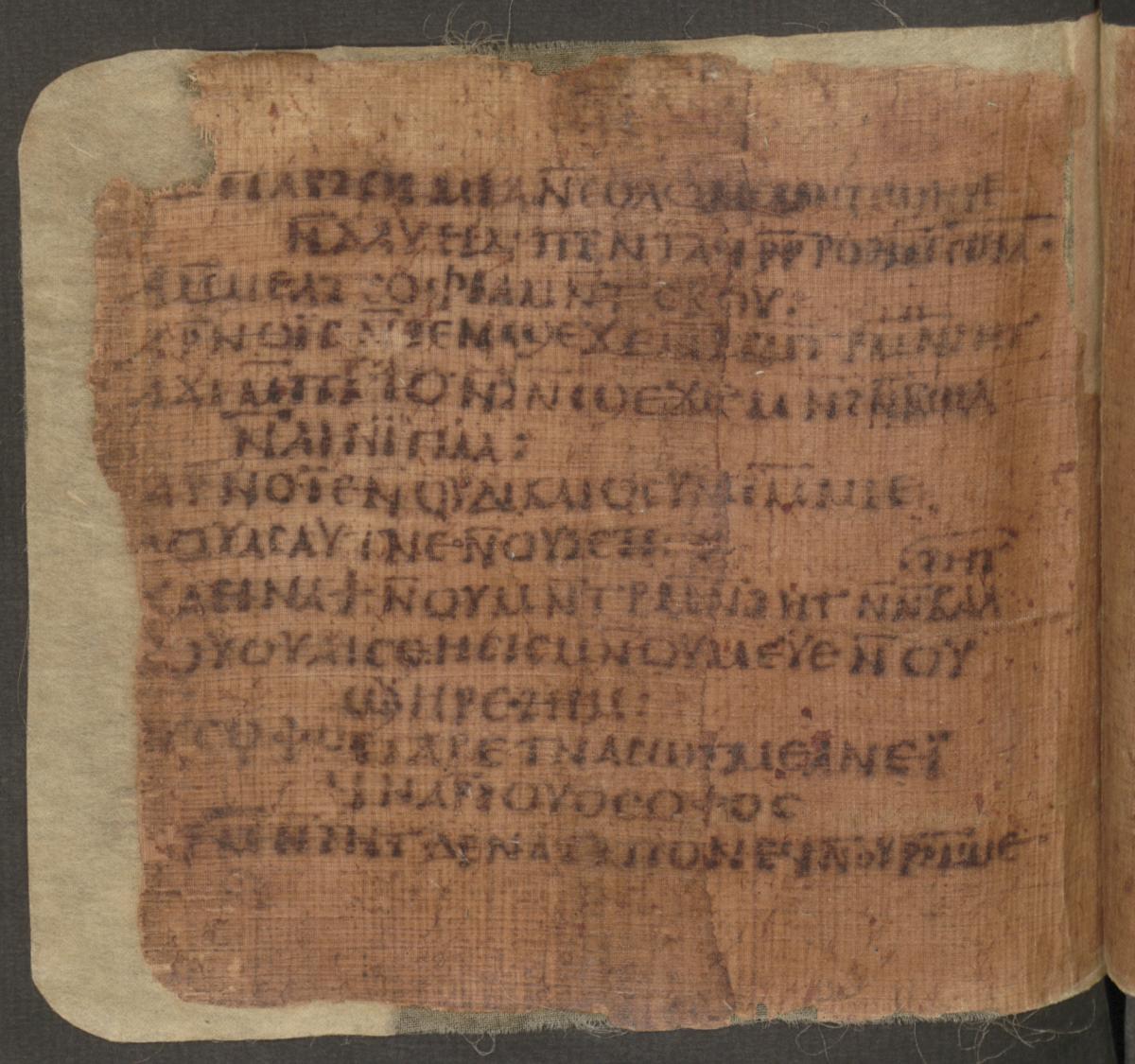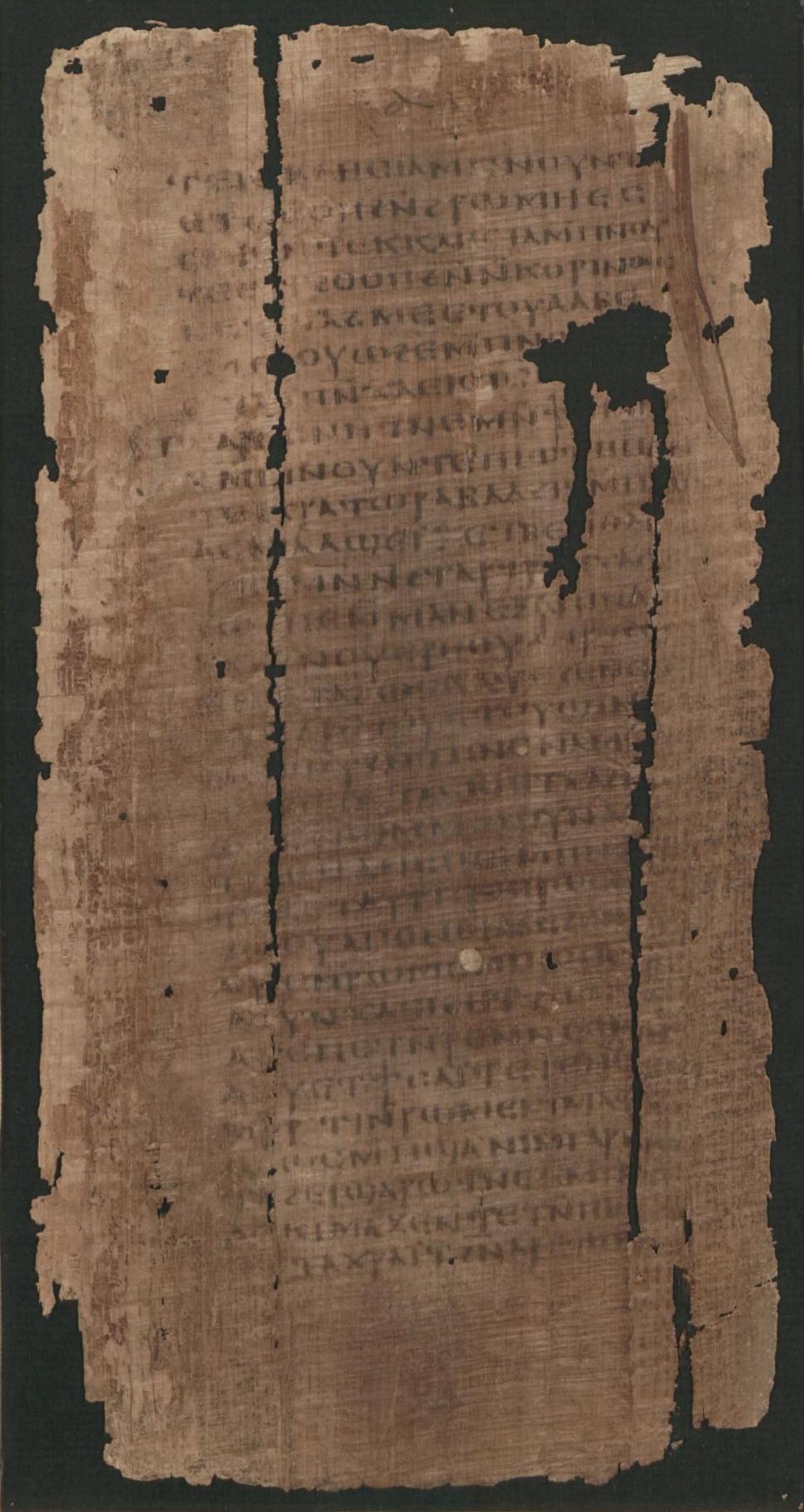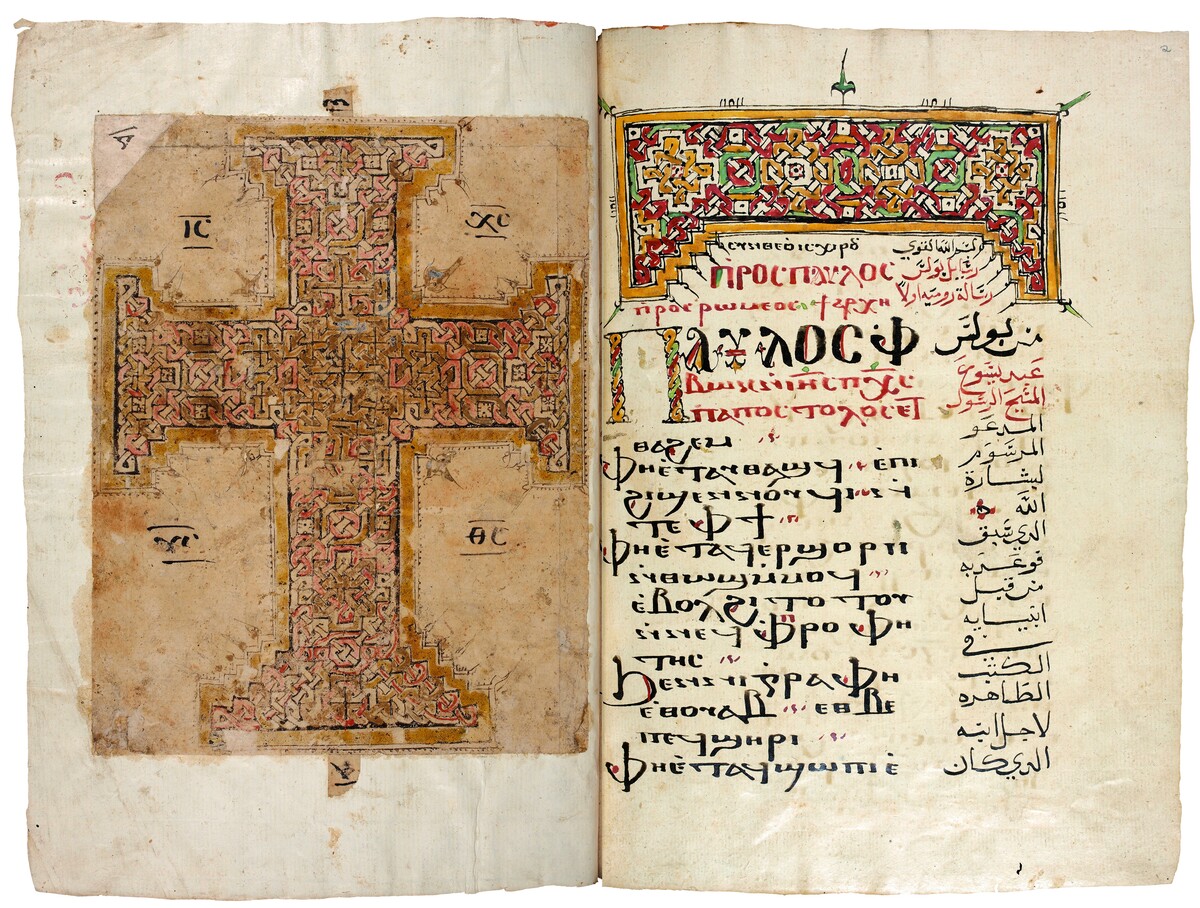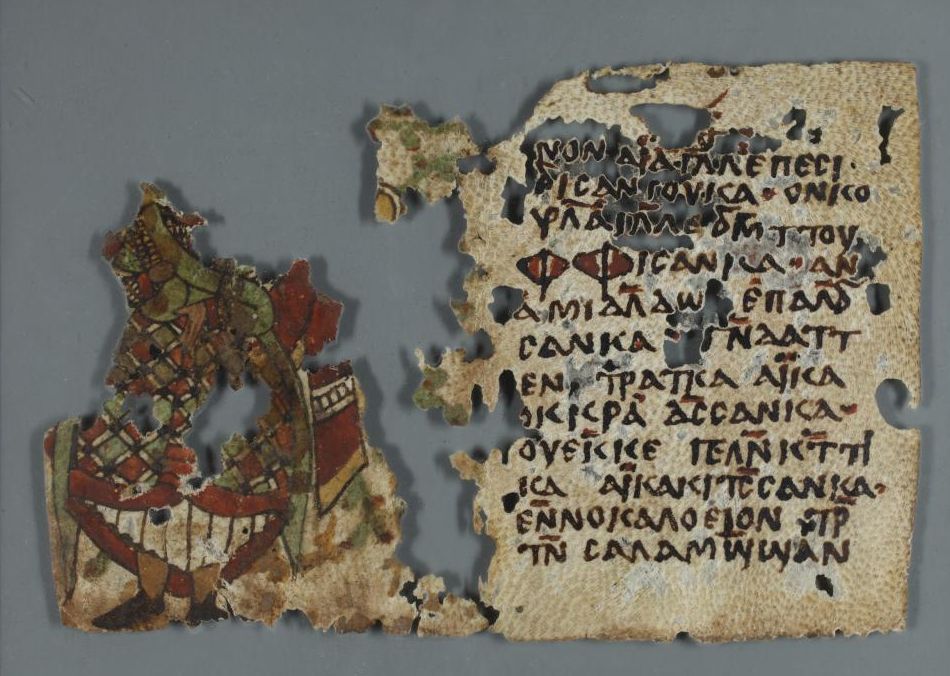Orient
Coptic Manuscripts
The Staatsbibliothek zu Berlin owns an important collection of 111 Coptic and 2 Old Nubian manuscripts.
Already in the years 1677 to 1679, the widow of the orientalist Theodor Petraeus (died 1672) sold Coptic texts to today's State Library. These were mainly copies of biblical books and lexical and exegetical treatises. In the period that followed, the collection was continuously expanded. Worth mentioning are a very well-preserved papyrus codex acquired in 1886 with the Epistle to the Corinthians of Clement of Rome from the 4th century (Epistula Clementis) and a proverbial codex acquired in 1905 with the very rare original binding.
Also noteworthy are two papyrus manuscripts from Nubia. They are an important basis for the study of Old Nubian (Ms. or. quart. 1019, Ms. or. quart. 1020).
Ms. or. oct. 978 - Book of Proverbs, from the 4th century
The small-format codex of the Book of Proverbs (Sapientia Solomonis) dates from the 4th century and was written in the Achmimic dialect, possibly from the White Monastery. The White Monastery of Atripe was an important center of the Coptic liturgy and the home monastery of the important Coptic scholar and monastery founder Schenute. The codex is a valuable testimony to the importance of early Christian literature in Egypt. Its writing material is papyrus. It is probably one of the oldest completely preserved books in the world. There are not many written testimonies preserved in Achmimic.
Ms. or. fol. 3065 - Epistle of Clement from the 4th century
The manuscript contains 36 papyrus leaves of the Epistula ad Corinthos of Clement of Rome.
Unlike the proverbial codex, the leaves are preserved under glass, the Coptic dialect is Achmimic.
This manuscript is one of the earliest to survive the text.
Hamilton 484 - Coptic Pauline Epistles
The manuscript from 1775, decorated with typical "Flechtwerk", offers the translation of Paul's epistles into Coptic and a translation into Arabic in the margin. Pictured is the beginning of the Epistle to the Romans. The manuscript comes from a monastery in Lower Egypt (Wadi el-Natrun). It comes from the collection of Alexander Douglas-Hamilton (1767-1852), which came to the State Library in the 19th century.
Ms. or. quart. 1020 - Old Nubian manuscript
In the Old Nubian language, which is similar to Coptic, very few written documents have been preserved. This makes it all the more important to assess the Old Nubian fragments of the Staatsbibliothek. The almost completely preserved text is a speech of Christ to his disciples about the cross (stauros).
The manuscript dates from the 10th century.




